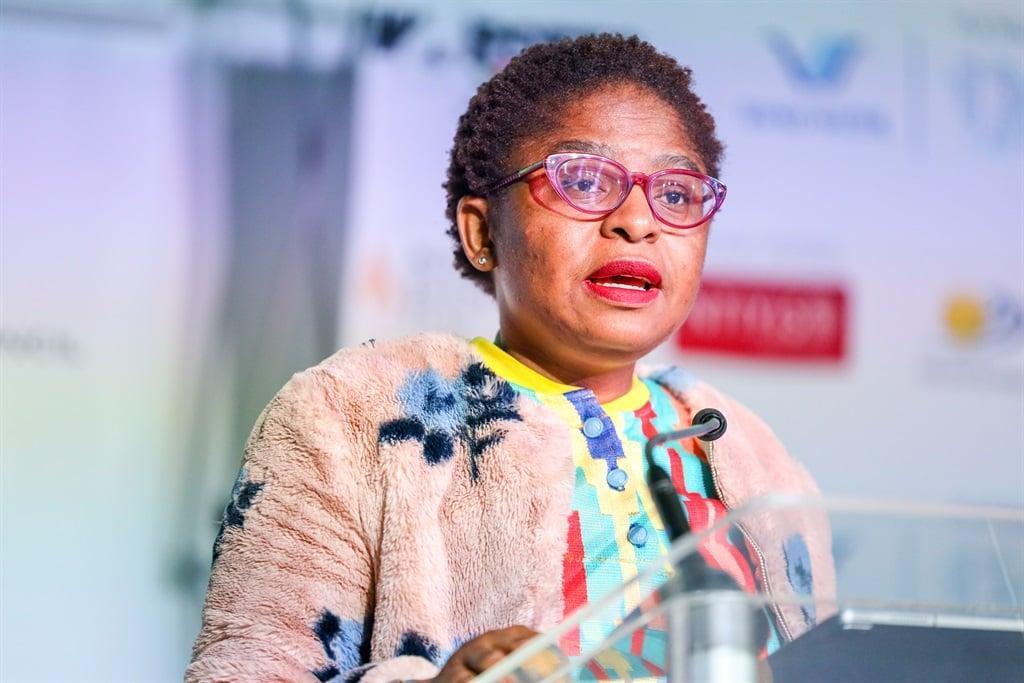Africa-Press – South-Africa. Cabinet has been given the assurance that the current higher stages of load shedding are temporary.
This is according to Minister in the Presidency Khumbudzo Ntshavheni, who said Cabinet had extensive meetings focusing on the country’s energy crisis.
On Thursday, she presented the Cabinet’s decisions following a meeting held on Wednesday.
“Cabinet is assured that the increases in load shedding are indeed temporary. There are clear plans for when additional capacity will come through. There is the return to service of Kusile units 1 to 4. There is also additional work being done. But, Cabinet is assured that, in terms of the measures being taken, the increase in load shedding stages is indeed a temporary measure,” she said.
Ntshavheni also said that government was confident in its ability to resolve load shedding, adding that it remains on top of the matter.
More than 45% of Eskom’s power generation capacity is offline, with unplanned breakdowns at power plants alone taking 16 200MW from the grid. At the start of winter, Eskom saw a record outage of more than 50%, which pushed South Africa the closest ever to stage 8 load shedding.
Last week, the brand-new Medupi Power station was hit by a chain break underneath one of its boilers. The chain forms part of a system called a “submerged scraper conveyor”, which removes coal ash from the bottom of the boilers.
Units at the Arnot, Duvha and Grootvlei power stations also broke down, while continued problems at the Kendal, Matla and Matimba stations prevented their out-of-order units from returning.
Regarding the government’s cash crunch, Ntshavheni said Finance Minister Enoch Godongwana would issue guidelines on cost containment measures.
She said:
The budget cuts, which affect all government departments, are being led by Godongwana, who is driving efforts to get a grip on runaway spending in a way that sustains the R350 Social Relief of Distress grant beyond 2024.
Furthermore, Ntshavheni said there were no government programmes the Cabinet was looking at cutting.
“We are also clear on that the priorities [which] have been agreed to between the president, deputy president and ministers won’t be affected. Individual ministers will engage with both the president and the deputy president as part of the in-year performance review,” she said.
Ntshavheni added: “We have acknowledged that there are inefficiencies within the system that, if improved, can – in the short, medium and long term – bring serious improvements to the budget. The current fiscal constraints are not domestic, they are global and therefore we cannot just plan for the short term. We don’t have control over the external factors causing the fiscal constraints. This is not unique to South Africa.”
She added that Cabinet had resolved that the economic infrastructure and development cluster must come up with a plan on how to mitigate the impact of the high cost of living on poor South Africans.
For More News And Analysis About South-Africa Follow Africa-Press






